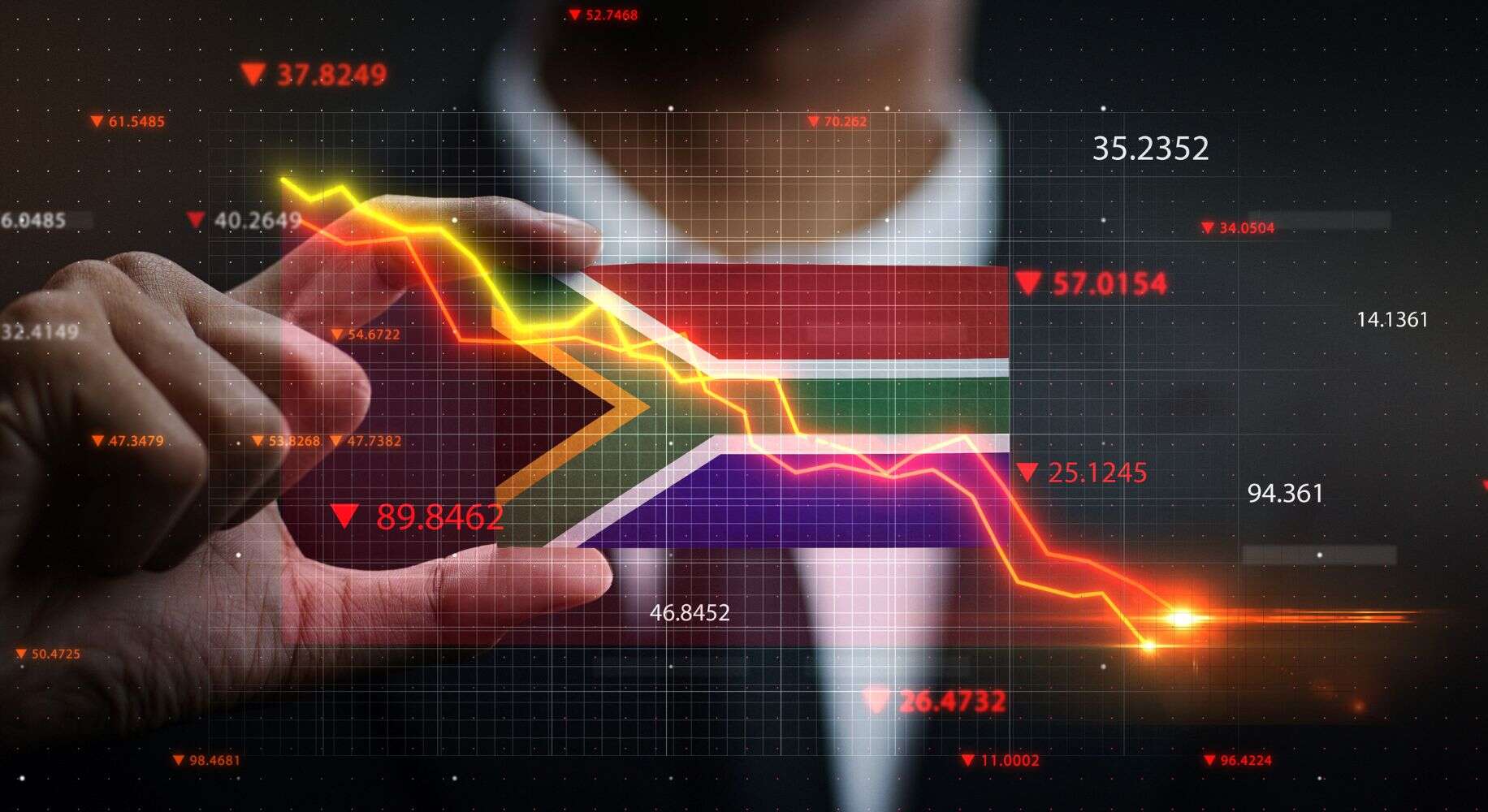There was no great economic news this week, but late on Friday overseas markets woke up as the Fed hinted at reducing interest rates.

It was a quiet week on the domestic economic front, with inflation the only new data. Inflation was also news on the international front, showing the effect of the US tariffs.
Lisette IJssel de Schepper, chief economist at the Bureau for Economic Research (BER), says after last week’s data barrage, the domestic data calendar was quiet. “Wednesday’s consumer inflation report was the biggest release, showing price increases accelerating at their fastest pace in 10 months, which was in line with expectations.”
“Internationally, there was more data, but nothing as exciting (market-moving) as last week’s US inflation print of 2.7%, although the faster-than-expected uptick in the flash Eurozone PMI in August was a positive surprise.
“Instead, there was more focus on geopolitics as world leaders racked up their frequent flyer miles meeting on the Russia war in Ukraine.”
ALSO READ: Salaries slide in July, showing strain in job market
Oil goes up, gold goes down, and the rand goes up and down
Bianca Botes, director at Citadel Global, says oil prices firmed ahead of the weekend, with Brent crude holding above $67/barrel and on course for its first weekly gain in three weeks. “Hopes for a quick resolution to the Russia-Ukraine conflict faded after renewed military strikes near EU borders and on Russian refineries.”
“Meanwhile, Washington ramped up pressure on India by imposing a 25% tariff, citing its Russian oil purchases as the reason. Oil accounts for over a third of India’s imports. A large drawdown in US oil inventories also lifted prices, though continued builds at the pipeline crossroad. Traders are watching for any signals from Powell’s Jackson Hole remarks that could impact the global demand outlook.”
She says gold remains pinned near $3,330/ounce in quiet trade, extending a mild decline for the week. Investors were cautious ahead of Powell’s speech, with no strong catalyst to break gold out of its tight range.
“Geopolitical risks, particularly in Eastern Europe and the Middle East, continue to lend underlying support to gold.”
Botes points out that the rand weakened slightly to R17.70/$, tracking modest dollar strength, but warns that risks from US tariffs, particularly on agriculture and autos, could weigh on the economy and the rand’s path forward.
Busisiwe Nkonki and Isaac Matshego, economists at the Nedbank Group Economic Unit, also say the rand lost some ground this week, weighed down by a stronger dollar and local pressures. The rand traded at R17.46 this afternoon.
ALSO READ: Increase in inflation of 0.5% expected, but could drift higher
Inflation jumps 0.5% in July as expected
Headline consumer price inflation (CPI) accelerated to 3.5% in July from 3.0% in June. Lebohang Namo, an economist at the BER, says the outcome was slightly softer than their forecast but broadly aligned with consensus.
Nkonki and Matshego say the increase in the inflation rate matched their and the market’s consensus. “The increase was mainly driven by food and non-alcoholic beverages, which increased from 5.1% to 5.7%, driven almost exclusively by a sharp rise in meat prices caused by the ongoing outbreak of foot-and-mouth disease.”
Mamello Matikinca-Ngwenya, Siphamandla Mkhwanazi, Thanda Sithole and Koketso Mano, economists at FNB, say they see headline inflation remaining flat in August. “While it should continue increasing in the second half of the year, it should remain below the midpoint of the target range and average around 3.5% this year.”






